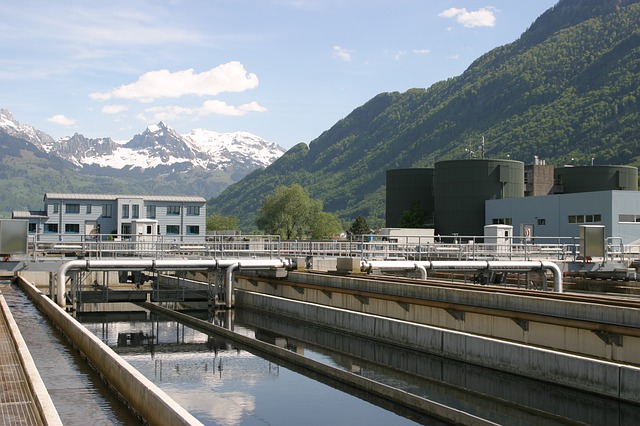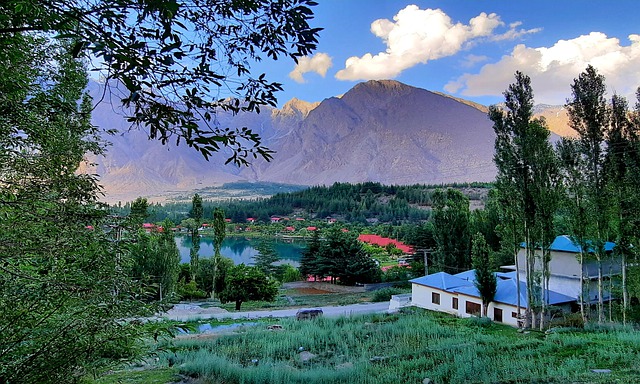INTRODUCTION
Wastewater: This term is defined as contaminated water caused by human activities. The wastewater is contaminated with water pollutants. Wastewater results from industrial, domestic, agricultural, or commercial activities, runoff, sewer inflow, etc.
To know more about water pollution, read the following article: Water pollution– Sources, Effects, and Control and Sources and Effects of Common Water Pollutants.
Wastewater treatment: It is a method to eliminate contaminants from wastewater and convert it into less contaminated discharge. The treated effluents are then released into the water bodies or reused.
WASTEWATER TREATMENT PROCESS – 3 STAGES OF WASTEWATER TREATMENT
The wastewater treatment process is based on three major steps that are primary, secondary, and tertiary stages. Some advance treatments also include quaternary steps. This step includes a fine filtration process and oxidation and it is employed to tackle parts per million and parts per billion contaminations. Every step of wastewater treatment is designed to deal with different water pollutants. The water becomes cleaner after passing through these steps. Water treatment technologies vary according to the type of pollutant and discarded water use.
1. Primary Treatment
In primary treatment, the wastewater is held in a sedimentation tank for a limited time. In this tank, the heavy objects sink to the bottom and light objects float to the top surface. The settled material in the sedimentation tank is held back. The sedimentation tanks are large in size and equipped with sewage removing/collecting scrappers at the base, from where the hopper collects sewage and directs it to sludge treatment facilities. After removing sewage sludge, the remaining wastewater is subjected to a secondary wastewater treatment step.
Also check out: The Impacts of Microplastic Pollution on the Environment
2. Secondary Treatment
It is a complex treatment as compared to the primary treatment step. In the secondary wastewater treatment step, aerobic biological processes are involved that are specifically applied to break down biological materials. These aerobic processes are listed below.
a) Biofiltration
The first is the biofiltration process. It comprises trickling filters, sand filters, and contact filters. These filters are used to eliminate any added sediment in the wastewater.
b) Aeration
In the aeration process, the air is passed through wastewater that causes a high level of oxygen saturation. Aeration is a longer process than biofiltration. The duration of the aeration process is 30 hours.
c) Oxidation Ponds
This step includes lagoons where wastewater is passed through for two to three weeks. The sunlight, bacteria, and other microorganisms interact with the wastewater. The algae release oxygen required by aerobic bacteria to degrade material in the wastewater. . The suspended particles in wastewater are removed by adding chemicals. These suspended particles with altered electrostatic charge then settled down in the tank. During this process, the sewage sludge is accumulated at the bottom. Sludge is removed by dredging and algae by filtration. After this process wastewater is safe to discharge in the water bodies.
Also read: Eutrophication – Causes, Effects, and Solutions.
3. Tertiary Treatment
In the tertiary treatment process, the wastewater is treated to raise the quality of the water so that it can be released into the natural environment. It also includes eliminating pathogens, inorganic compounds, and suspended solids. The wastewater is filtered using a filter. Before discharging the wastewater into the natural environment, it is disinfected through a chlorine tank.
CONCLUSION
It is crucial to treat wastewater produced from industrial activities. It is a known fact that the direct release of wastewater into water bodies degrades water quality. The contaminated water is causing suffocation and loss of biodiversity. Water scarcity is becoming a prevalent issue in the world. Adequate measures should be taken to prevent water pollution.
Also check out: 15 Environmental Problems Our World is Facing Right now
I hope you all liked this post! Please comment below if you have any suggestions, comments, or feedback! We at #envpk love hearing from our readers! Thanks!




